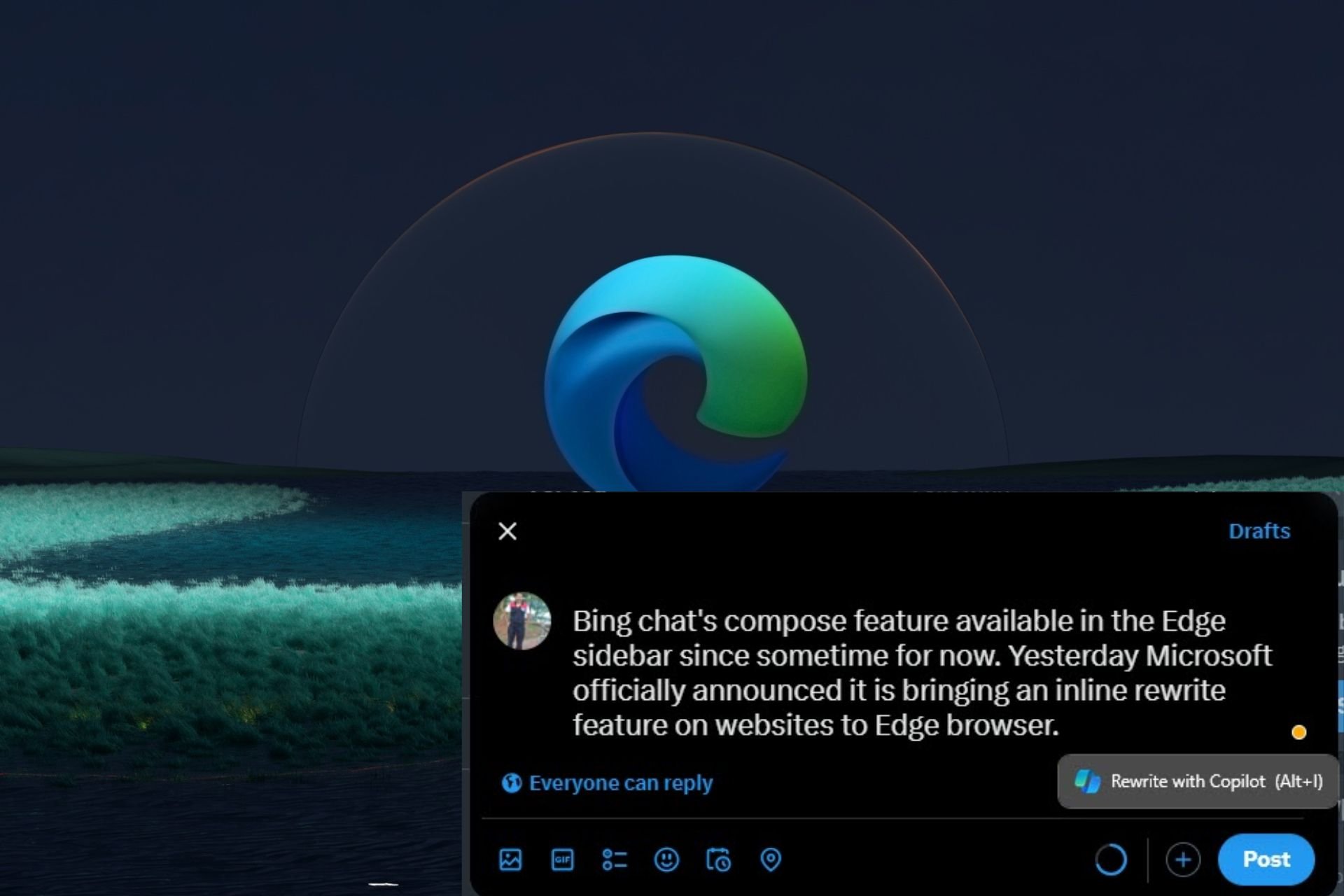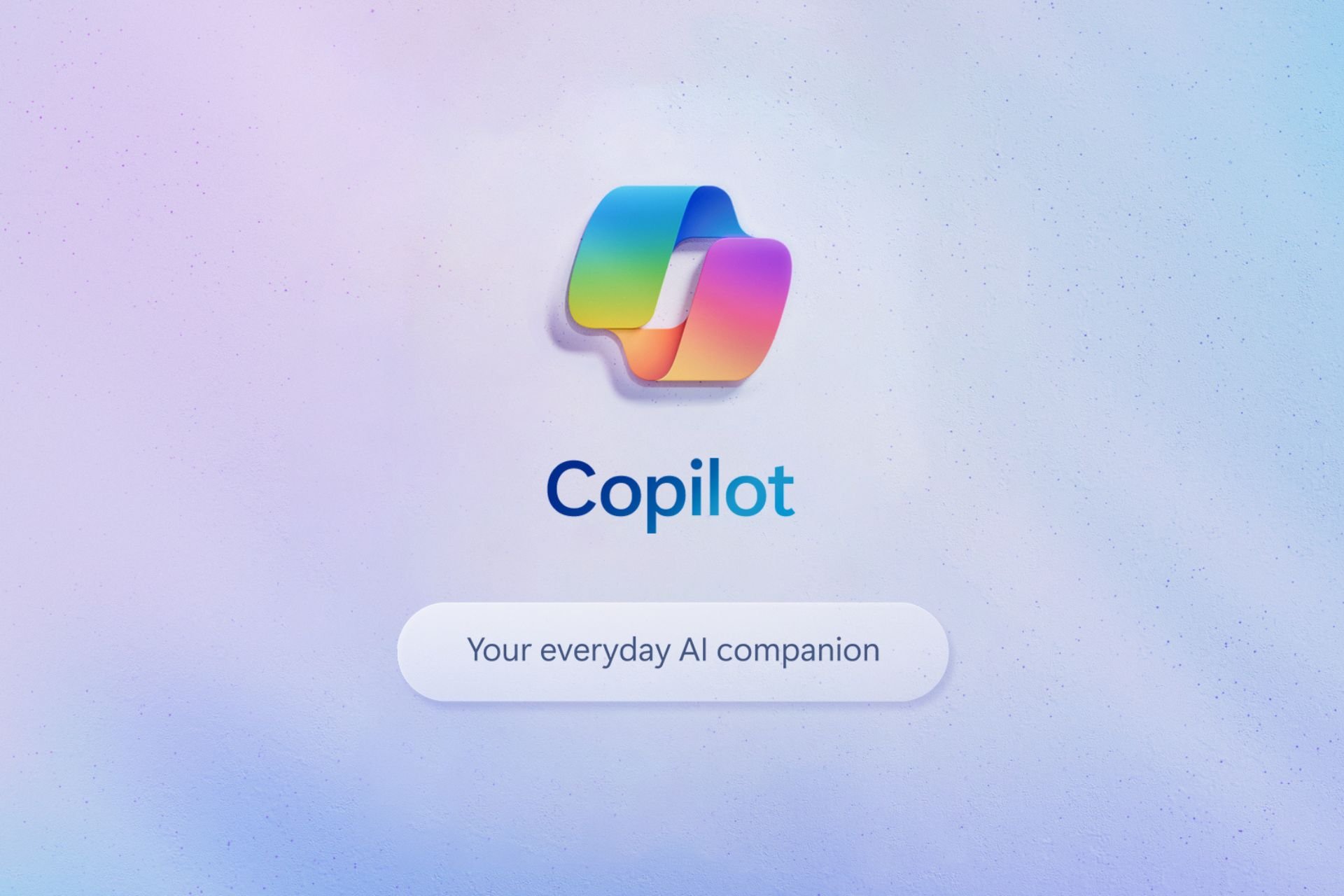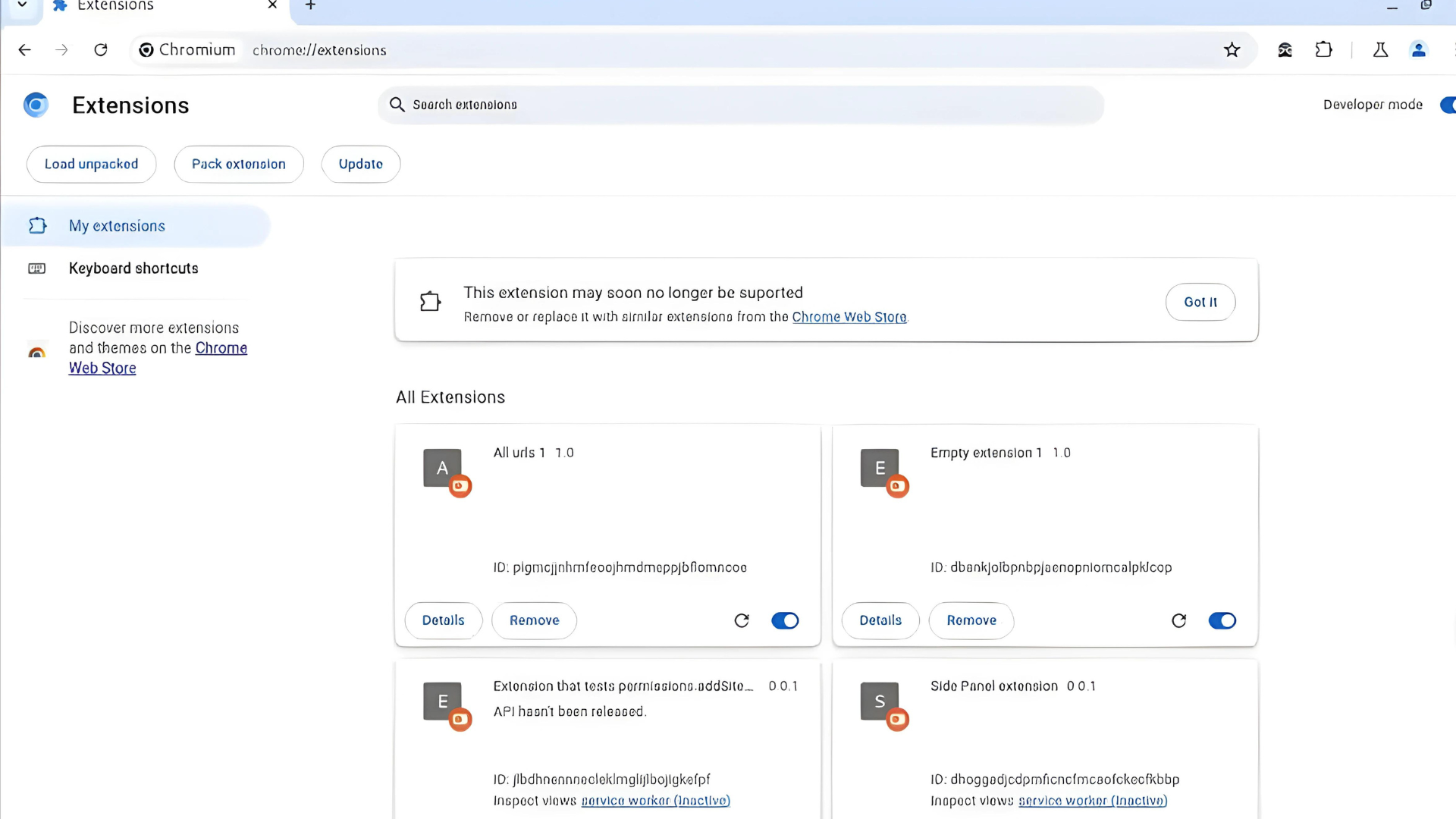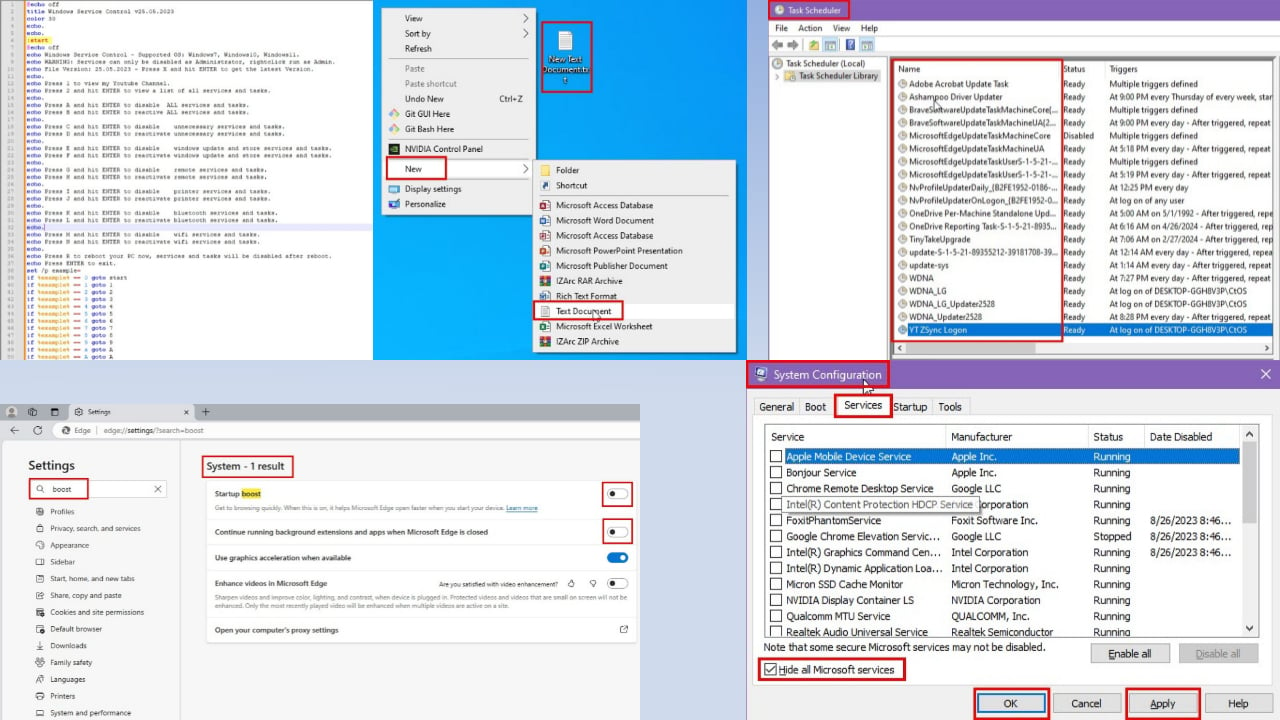Microsoft releases long-awaited stats on women and minorities in employment
2 min. read
Published on
Read our disclosure page to find out how can you help Windows Report sustain the editorial team Read more

Nadella’s promise to Reverend Jackson came after he made comments suggesting women should not ask for raises, but rather rely on ‘good karma’ instead. Nadella ultimately apologized for his remarks, but still faced a backlash on not only Microsoft, but also the technology industry as a whole.
Microsoft released their EEO-1 information on December 18th, 2014 in the name of transparency, but their efforts went largely unnoticed perhaps due to the holiday season. There were no press releases or any other such formal announcement by Microsoft that they were releasing the company data. Here is a breakdown of Microsoft’s U.S. diversity statistics as reported to the federal government:
Overall:
- Male: 46,142 (75.69%)
- Female: 14,819 (24.31%)
- White: 37,018 (60.72%)
- Asian: 17,654 (28.96%)
- Hispanic/Latino: 3,035 (4.98%)
- Black: 2,098 (3.44%)
- American Indian or Alaskan Native: 295 (0.48%)
- Native Hawaiian or Pacific Islander: 151 (0.25%)
Executives, Senior Officials and Managers:
- Male: 126 (87.5%)
- Female: 18 (12.5%)
- White: 116 (80.56%)
- Asian: 20 (13.89%)
- Hispanic/Latino: 5 (3.47%)
- Black: 2 (1.39 percent)
- Native Hawaiian or Pacific Islander: 0
- American Indian or Alaskan Native: 0
Microsoft’s numbers on women and minorities show that they are, as a group, very much underrepresented at Microsoft. It is a fact that Microsoft does not argue, but with the release of this information, this issue is something Microsoft can work on to create a more diverse workforce at the company in the future.








